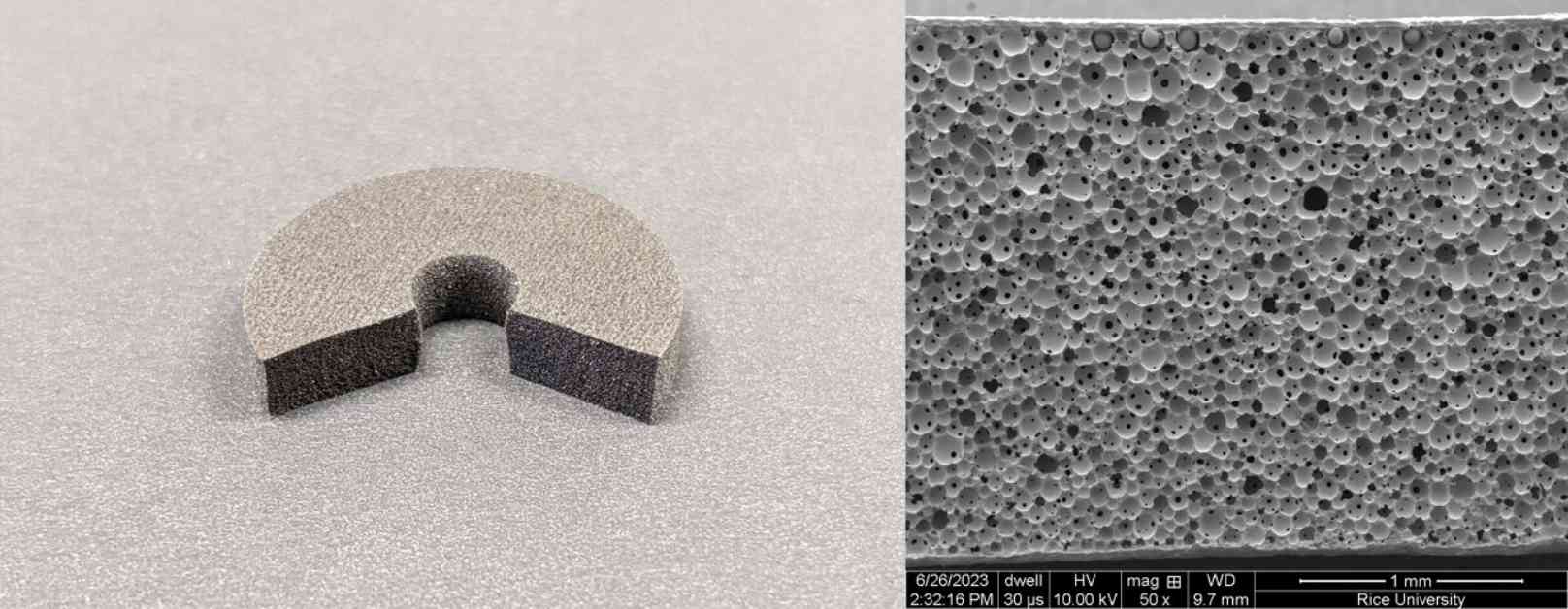When thinking about the future of wearables and robotics, foam filling might not be the first thing that comes to mind. But engineers at Rice University have found a way to use the flow of air through open-cell foam to perform digital computation, analog sensing, and combined digital-analog control in soft textile-based wearable systems.
Traditionally, pneumatic logic circuits in soft robots and wearables have been designed like electronic circuits, with interconnected logic gates and individual components. This approach can lead to heavier, more expensive devices that are prone to failure. To address this issue, researchers at the Preston Innovation Laboratory have developed a method that leverages the properties of soft materials to maximize circuit design efficiency.
By using pressure differences created by air flowing through foam sheets, complex pneumatic computations and control tasks can be performed more efficiently. This approach reduces the reliance on fluidic logic gates and simplifies operation. The researchers have designed foam-based fluidic resistors that restrict airflow in pneumatic circuits, similar to how electronic resistors limit current flow. These resistors can be used to create two-dimensional pneumatic logic circuits embedded in wearable devices.
The goal is to build reliable and streamlined soft robots and wearable devices powered by pneumatics. This approach can make devices more comfortable, lightweight, low-cost, and unobtrusive for the user. Wearable robotic devices could provide assistance to users with mobility limitations, offering a new level of convenience and accessibility.
In addition to its applications in wearables and soft robotics, this innovative circuit design approach has implications for a wide range of industries. By combining material intelligence and circuit-driven logic, researchers are paving the way for new advancements in technology that could revolutionize the field of soft robotics and wearable devices.
Overall, the integration of material intelligence with circuit design has the potential to transform the way we think about technology and its applications in our daily lives. The possibilities are endless, and the future is bright for innovative circuit design approaches like foam fluidics.












